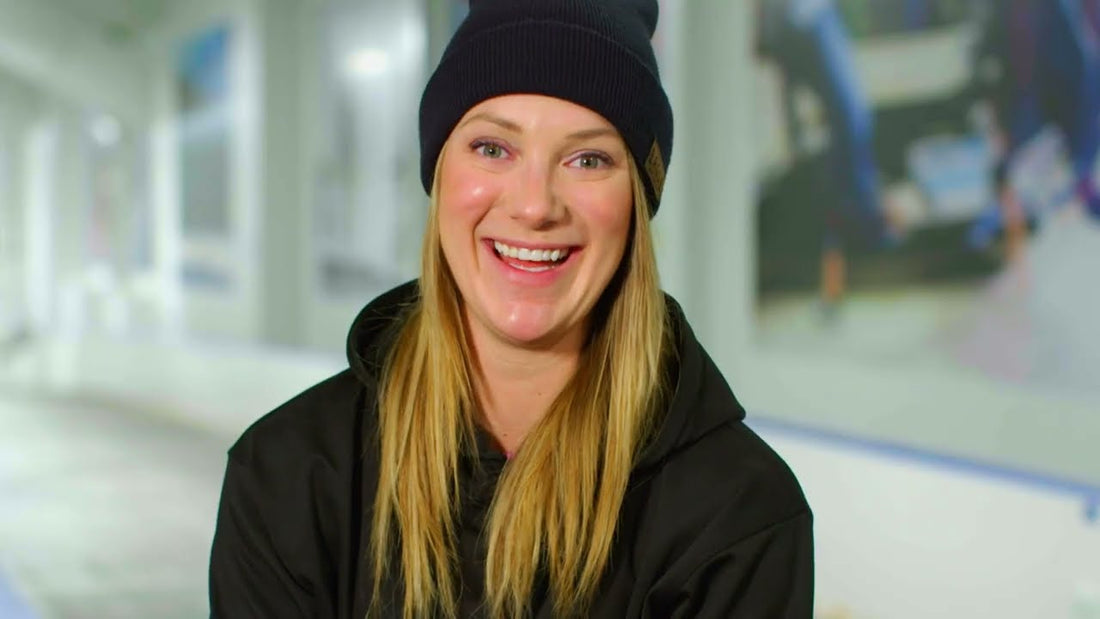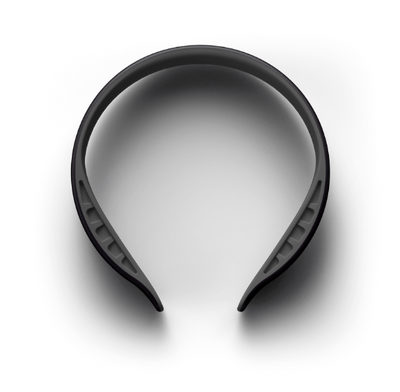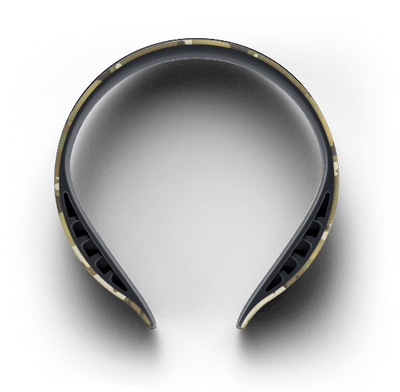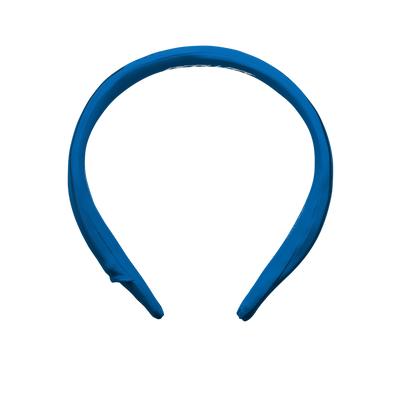Bobsled, Skeleton, and Luge are sports most casual fans only see every four years at the Winter Olympics. It’s a thrilling display of athleticism and fearlessness that results in the fastest speeds on ice.
Like most winter sports, Bobsled, Skeleton, and Luge are classified by their danger level and potential for injury. The immediate assumption on the cause of injury in these sports are the high-velocity crashes that occur. While these accidents are dangerous and inherent risks of the sport, the real danger that is arising in the sledding community is a phenomenon called “Sled Head.”
Sliding athletes wear special, aerodynamic helmets when they practice and compete as a way of mitigating the impact to the skull if/when they crash. However, the sub-concussive injuries sledders sustain are a result of the constant vibrations and G-forces the athletes feel as they are speeding down the ice track. This constant vibration and movement of the brain within the skull causes torn nerve fibers and changes to their white/gray brain matter, something a helmet cannot protect against.
The symptoms of Sled Head are described by sliders as feeling cloudy or dizzy post-sliding and being mentally burned out for the rest of the day after training. After a significant amount of research, scientists concluded that these symptoms are a result of the sub-concussive injuries to the brain the athlete sustains every time they slide down the track, not just when they crash.
Former Canadian Bobsled Olympian Alysia Rissling describes her sport as “literally being pushed down a track in a metal garbage can.” The feeling of Sled Head is something she has been aware of throughout her entire career, and she has witnessed fellow teammates and competitors bow out of the sport due to the damage their brains have sustained through the years.
Fortunately, thanks to the advocacy of athletes like Rissling, steps are being made to find ways to make the sports safer. One device she, and others, began wearing and advocating for is the Q-Collar. As a result, the device was approved for use in competition by the International Bobsleigh & Skeleton Federation (IBSF) in November of 2022. Since then, the Q-Collar has seen significant high-level adoption in sliding sports, including from Olympic Athletes such as Team Canada and IBSF World Cup Champion Bianca Ribi, Team Italy Olympic Skeleton Athlete Amadeo Bagnis, and more!
To hear more on Sled Head , we recommend these two segments:
- ‘What is Sled Head?’ from City News Toronto
- ‘The hidden reason Olympic sledding is so dangerous’ from Vox








